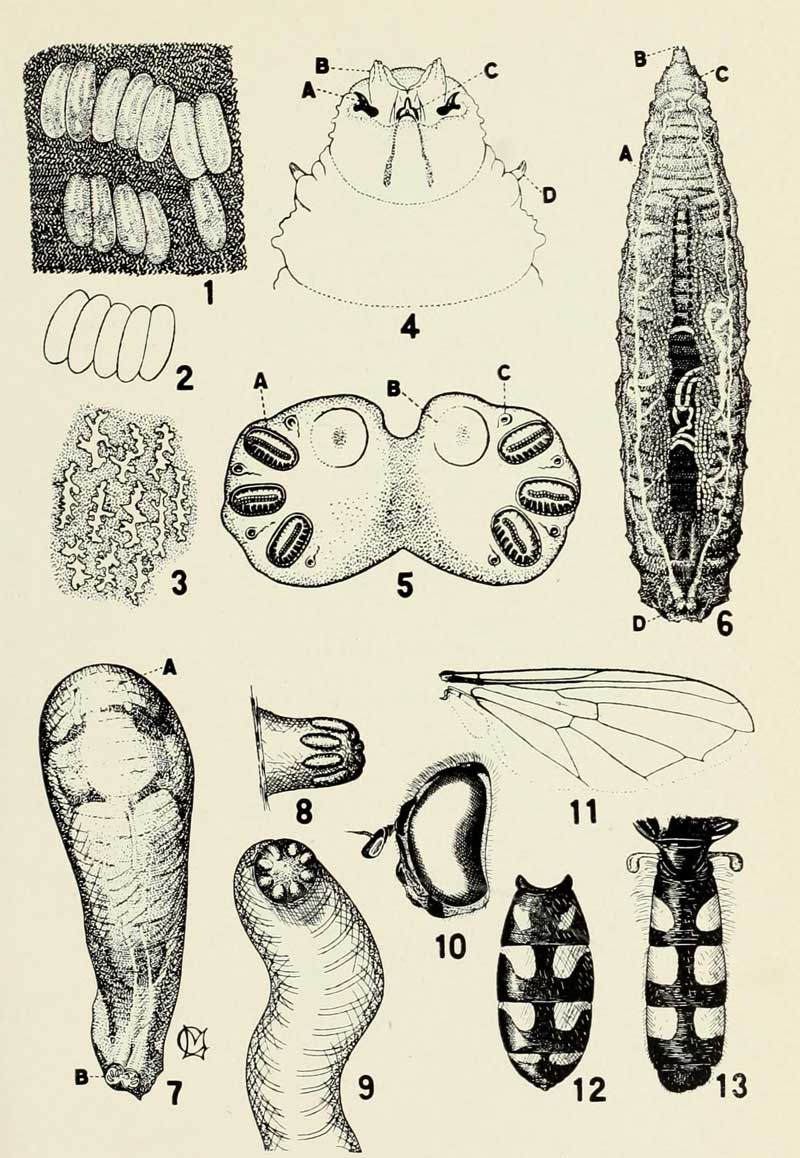Superregnum: Eukaryota
Cladus: Unikonta
Cladus: Opisthokonta
Cladus: Holozoa
Regnum: Animalia
Subregnum: Eumetazoa
Cladus: Bilateria
Cladus: Nephrozoa
Cladus: Protostomia
Cladus: Ecdysozoa
Cladus: Panarthropoda
Phylum: Arthropoda
Subphylum: Hexapoda
Classis: Insecta
Cladus: Dicondylia
Subclassis: Pterygota
Cladus: Metapterygota
Infraclassis: Neoptera
Cladus: Eumetabola
Cladus: Endopterygota
Superordo: Panorpida
Cladus: Antliophora
Ordo: Diptera
Subordo: Brachycera
Infraordo: Muscomorpha
Sectio: Aschiza
Superfamilia: Syrphoidea
Familia: Syrphidae
Subfamilia: Syrphinae
Genus: Melanostoma
Species : Melanostoma mellinum
Name
Melanostoma mellinum (Linnaeus, 1758)
Combinations
Musca mellina: original combination

Primary references
Linnaeus, C. 1758. Systema Naturae per regna tria naturae, secundum classes, ordines, genera, species, cum characteribus, differentiis, synonymis, locis. Editio Decima, Reformata. Tomus I. Holmiæ (Stockholm): impensis direct. Laurentii Salvii. 824 pp. DOI: 10.5962/bhl.title.542 BHL Reference page. [first availability, see p. 594]
Melanostoma mellinum is a very common species of hoverfly found in many parts of Britain, Europe including the Mediterranean basin and North Africa, the East Palearctic, and North America.
A small species, their wingspan range recorded is between 4.7 and 7.0 mm. Very similar to Platycheirus and other Melanostoma species, but with close inspection of some finer details, it can be identified with certainty. Adult males closely resemble Platycheirus clypeatus, but lack the flattening or broadening of the front legs characteristic of most Platycheirus males. Females resemble female Melanostoma scalare, sharing similar triangular tergite markings, but have a shiny, black frons, which separates them from M. scalare and most Platycheirus species. Also, M. mellinum may prove to be a species complex.
Their preferred habitat include grasslands and moorlands, including those in hilly and mountainous regions. Adults can be found feeding on the pollen of grasses (Poaceae) and other wind-pollinated plants.
Little is known of their biology, but the larvae are suspected to be a general predator of small insects in leaf litter.
Flight times in Britain and Ireland are from April to October with peaks in late May - early June and from July to August.[2][3][4][5][6][7]
References
Insecta pro
Ball, Stuart; Morris, Roger (2013). Britain's Hoverflies: An Introduction to the Hoverflies of Britain. Woodstock, Oxfordshire: Princeton University Press. pp. 296pp. ISBN 978-0-691-15659-0.
Ball, S.G.; Morris, R.K.A. (2000). Provisional atlas of British hoverflies (Diptera, Syrphidae). Monks Wood, UK: Biological Record Centre. pp. 167 pages. ISBN 1-870393-54-6.
Morris, Roger K. A. (1999). Hoverflies of Surrey. Surrey Wildlife Trust. p. 244. ISBN 0-9526065-3-4.
Speight, M.C.D. (2011). "Species accounts of European Syrphidae (Diptera)" (PDF). Syrph the Net, the database of European Syrphidae. 65: 285pp.
Stubbs, Alan E.; Falk, Steven J (1983). British Hoverflies: An Illustrated Identification Guide (2nd ed.). London: British Entomological and Natural History Society. pp. 253, xvpp. ISBN 1-899935-03-7.
Van Veen, M.P. (2004). Hoverflies of Northwest Europe, Identification Keys to the Syrphidae (Hardback). Utrecht: KNNV Publishing. p. 254. ISBN 90-5011-199-8.
Retrieved from "http://en.wikipedia.org/"
All text is available under the terms of the GNU Free Documentation License


